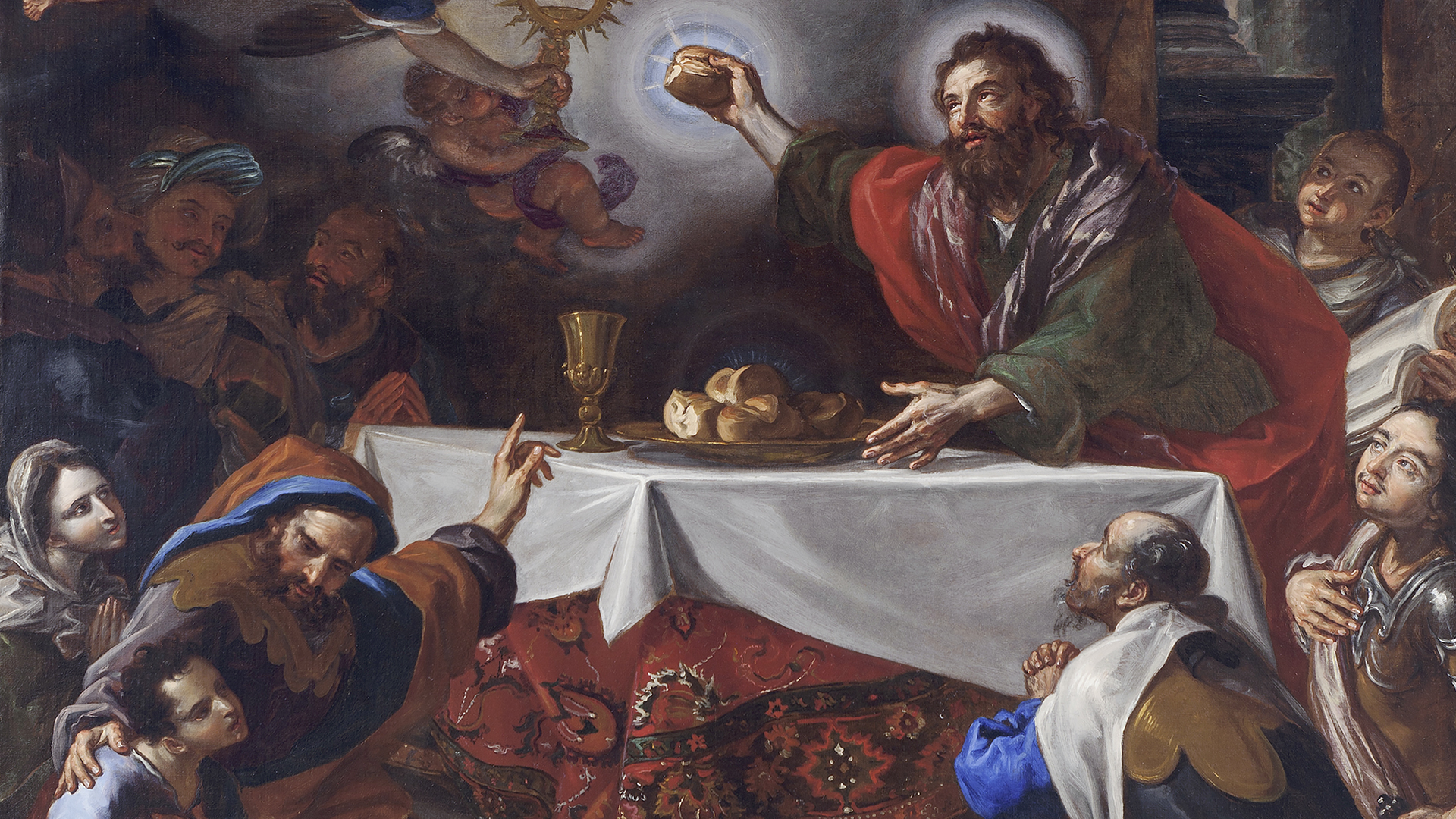The Conversion of Saint Paul, painted by Alessandro Ardente in 1580 and starting point in the history of the partnership, is the centrepiece of a story illustrating episodes from the life of Saint Paul, each of which accompanied by an inscription taken from the Acts of the Apostles and other Pauline sources, in a sequence that will also be respected in the display, according to the iconographic indications of Emanuele Tesauro, the court rhetorician. Commissioned by the most important members and produced between 1663 and 1680, the canvases provide an overview of figurative art in Turin during the second half of the 17th century, in parallel with what was happening in the court buildings and on the altars of the city’s churches.
There are no surviving descriptions of the 17th century oratory, now destroyed. In 1701 the Company decided to leave the old rooms, evidently judged to be too small to host the increasingly large number of members. The growing secularisation of the Savoy state seriously damaged the brotherhood in the 19th century and in 1852 a royal decree obliged it to restrict its scope to religious activities and give up managing its assets directly: the oratory was demolished in 1876 and the paintings moved to the Archbishopric. Almost a century later, in 1963, the surviving paintings were acquired by Istituto Bancario San Paolo di Torino to decorate the reception rooms of its new headquarters in piazza San Carlo. Between 2010 and 2012 the St. Paul cycle underwent a major restoration process, the results of which were presented to the public at an exhibition at the Reggia di Venaria (1 March 2013 – 28 February 2014) in the sacristy of the church of Sant’Uberto. The cycle is now part of the exhibition on the piano nobile of the new Intesa Sanpaolo Gallerie d’Italia museum of Turin.
Gathered together in the same space for the first time since the closure of the Oratory in 1876, the surviving canvases of the cycle, commissioned to mark the centenary of the Saint Paul Company in 1663, have immense historical value for both the brotherhood and Intesa Sanpaolo, testifying to the unbreakable bond and the journey that the two organisations have shared over time.
Discover all the artworks of the "Paintings, sculptures and furnishing 14th-18th Century" exhibition path


